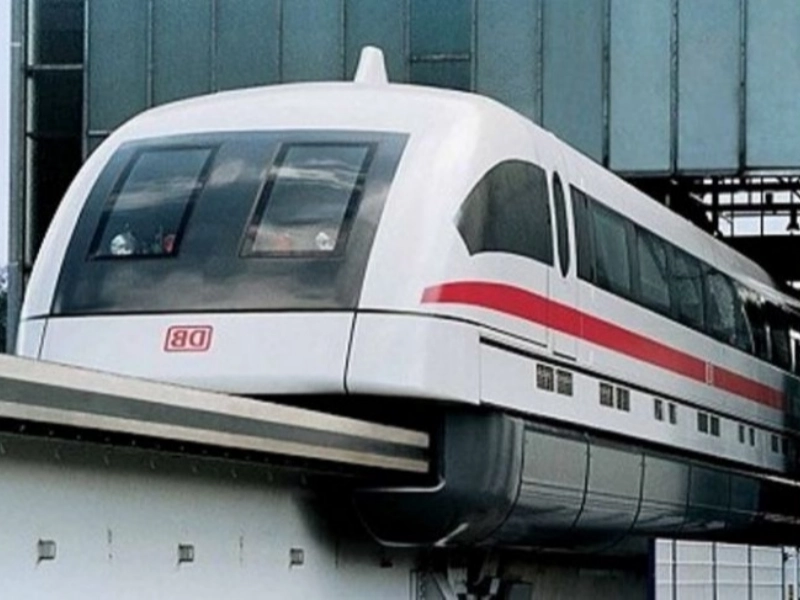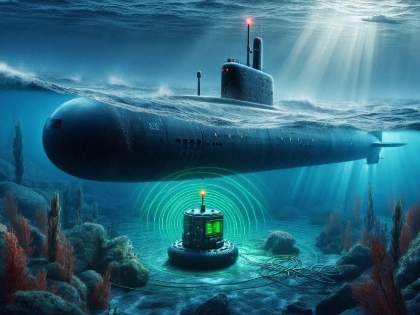Transport Of The Future: Top 10 Ideas

7. The train of magnetic levitation.
The magnetic levitation train, often referred to as the maglev train, operates on the principle of electromagnetic fields, allowing it to glide smoothly without the use of traditional wheels. This innovative technology eliminates friction, enabling the train to achieve remarkable speeds, with some models capable of reaching up to 603 km/h (374 mph).
Maglev trains utilize powerful magnets to lift the train off the track and propel it forward, resulting in a quieter, smoother ride compared to conventional trains. This technology not only enhances speed but also improves energy efficiency, making it an attractive option for modern transportation systems.
The implications of magnetic levitation trains are significant. They can drastically reduce travel times between cities, promote cleaner transportation by minimizing emissions, and alleviate congestion on existing rail networks. As countries invest in maglev technology, the potential for high-speed travel is becoming increasingly feasible.
In conclusion, the magnetic levitation train represents a groundbreaking advancement in transportation technology. With its ability to travel at unprecedented speeds while providing a smooth and efficient ride, the maglev train is poised to revolutionize how we travel, making long-distance journeys faster and more accessible than ever before.















